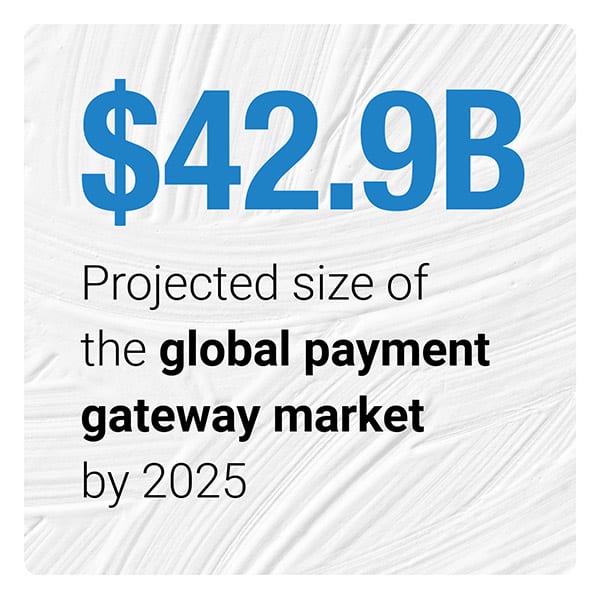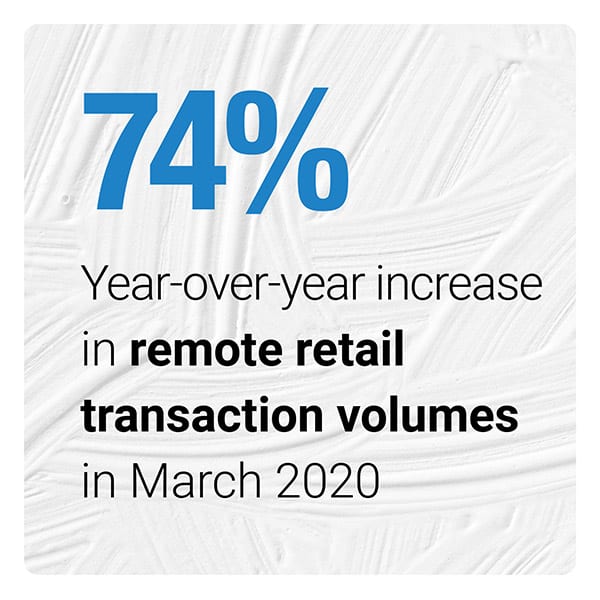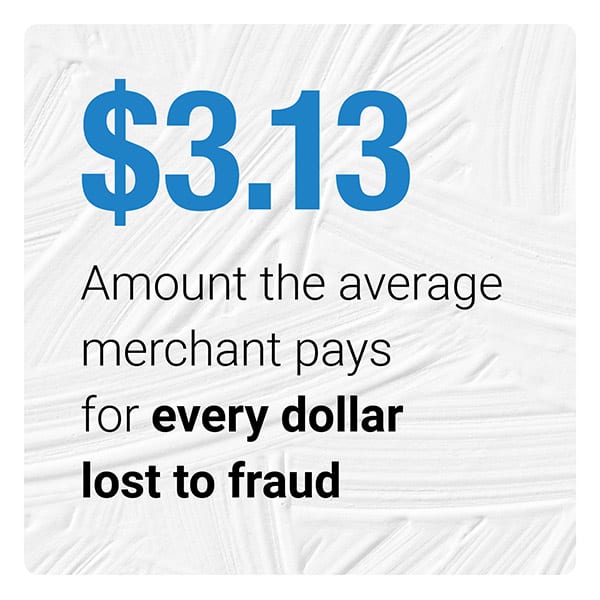
Consumers are showing little interest in returning to in-store shopping six months into the pandemic, leading retailers around the globe to double down on their digital capabilities to convert these new digital-first shoppers.
Seventy-two percent of all businesses with brick-and mortar presences that generate less than $10 million per year say they have either enhanced their digital offerings or added new ones since the pandemic began, for example.
 Adding payment integrations has become one go-to digital enhancement for many retailers, as such integrations offer cost-effective alternatives to building in-house payment capabilities from scratch and allow them to adjust their payment systems as needed. The trouble then becomes how to maintain and manage payment systems that use multiple payments integrations at once. The September Payments Orchestration Playbook examines how many firms are turning to payments orchestration layers to achieve this.
Adding payment integrations has become one go-to digital enhancement for many retailers, as such integrations offer cost-effective alternatives to building in-house payment capabilities from scratch and allow them to adjust their payment systems as needed. The trouble then becomes how to maintain and manage payment systems that use multiple payments integrations at once. The September Payments Orchestration Playbook examines how many firms are turning to payments orchestration layers to achieve this.
Across The Payments Orchestration Ecosystem
Firms worldwide are investing in new payment integrations to meet customers’ increasing demands for digital payment experiences. Authentication services provider Prove, for one, is acquiring several cloud-based authentication solutions from Early Warning Services to help keep its users safe from cybercrime, in the hopes that doing so will ultimately help it boost its clients’ conversion rates.
Researchers are also predicting that the global demand for such integrations will likely drive double-digit market growth over the next five years. Recent studies suggest that the payments gateway market is on course to grow at a compound annual growth rate (CAGR) of 16.4 percent through 2025, when it is expected to total $42.9 billion.
 For more on these stories and other payments orchestration headlines, download this month’s Playbook.
For more on these stories and other payments orchestration headlines, download this month’s Playbook.
Payment Integrations: Helping Firms Make The Digital Leap
Many businesses use payment integrations to flexibly build their web presences, but separately managing these myriad integrations can sap time and burn through resources.
In this month’s Feature Story, PYMNTS spoke to Matt Monahan, vice president of product at digital publishing solution provider Arc Publishing, to discuss how adding a payments orchestration layer can help firms cost-effectively manage — and make the most of — their payment integrations.
 How Payments Orchestration Can Support Payments Integrations
How Payments Orchestration Can Support Payments Integrations
Businesses must provide digital payments options to convert eCommerce shoppers, but keeping up with these consumers’ expectations can be a challenge given the pace of technological innovation. Payment gateways can help firms meet these expectations, but even they can become a drag on businesses’ bottom lines if not properly managed.
This month’s Deep Dive outlines the various costs and resources firms require to maintain payments structures that support multiple payment gateway integrations and how adding a payments integration layer can keep those systems on par with consumers’ expectations.
About The Playbook
The Payments Orchestration Playbook, a PYMNTS and Spreedly collaboration, is a monthly report series examining how merchants can optimize their payments processes to satisfy customers and maximize their revenues.